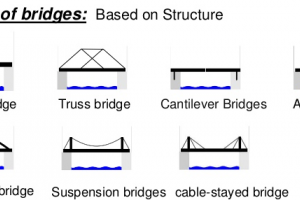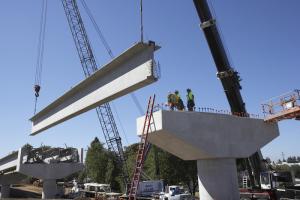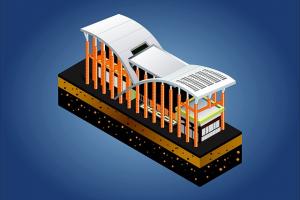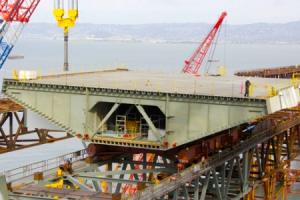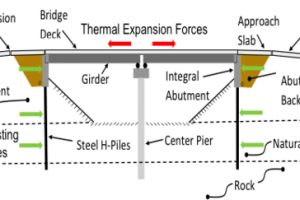Integral Abutment Bridges | Jointless Bridges
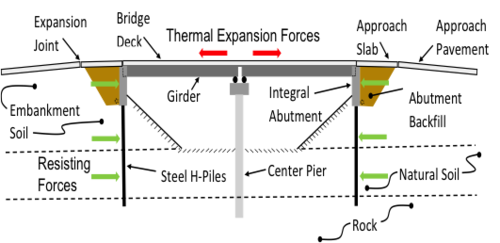
What are Jointless Bridges
Integral abutment bridges are a type of bridge structure where the abutments, which are the supporting structures at each end of the bridge, are designed to be continuous with the bridge superstructure. In other words, there are no expansion joints or bearings between the abutments and the bridge deck.
Traditional bridges typically have expansion joints at the abutments to accommodate thermal expansion and contraction of the bridge deck due to temperature changes. However, integral abutment bridges eliminate the need for these joints by allowing the bridge deck to move freely relative to the abutments. This movement is facilitated by incorporating flexible materials or features into the bridge design.
The advantages of integral abutment bridges include:
Reduced maintenance:
Without expansion joints, there are fewer components that require regular inspection and maintenance. This can result in cost savings over the life of the bridge.
Improved durability: The absence of joints eliminates potential points of water and debris ingress, reducing the risk of corrosion and deterioration.
Enhanced seismic performance:
Integral abutment bridges provide continuous load paths, which can improve their resilience to seismic events by distributing and dissipating seismic forces more effectively.
Smoother ride quality:
The absence of expansion joints results in a smoother transition between the bridge and the approach roadway, providing a more comfortable driving experience.
Cost efficiency:
Integral abutment bridges can be more cost-effective to construct compared to traditional bridges with expansion joints, as they require fewer materials and have simplified construction processes.
While integral abutment bridges offer several benefits, they may not be suitable for all bridge locations or design scenarios. Factors such as bridge length, environmental conditions, and site-specific constraints need to be considered during the design and evaluation process.
Principle of Jointless Bridges
Integral abutment bridges are joint-less bridges where the deck is continuous and connected monolithically with the abutment walls. These bridges accommodate superstructure movements without conventional expansion joints.
With the superstructure rigidly connected to the substructure and with flexible substructure piling, the superstructure is permitted to expand and contract. Approach slabs, connected to the abutment and deck slab with reinforcement, move with the superstructure. At its junction to the approach pavement, the approach slab may be supported by a sleeper slab. If a sleeper slab is not utilized, the superstructure movement is accommodated using flexible pavement joints.
Due to the elimination of the bridge deck expansion joints, construction and maintenance costs are reduced.
The integral abutment bridge concept is based on the hypothesis that due to the flexibility of the piling, thermal (or seismic) stresses are transferred to the substructure by way of a rigid connection between the superstructure and substructure. The concrete abutment contains sufficient bulk to be considered a rigid mass. A positive connection with the ends of the beams or girders is provided by rigidly connecting the beams or girders and by encasing them in reinforced concrete.



